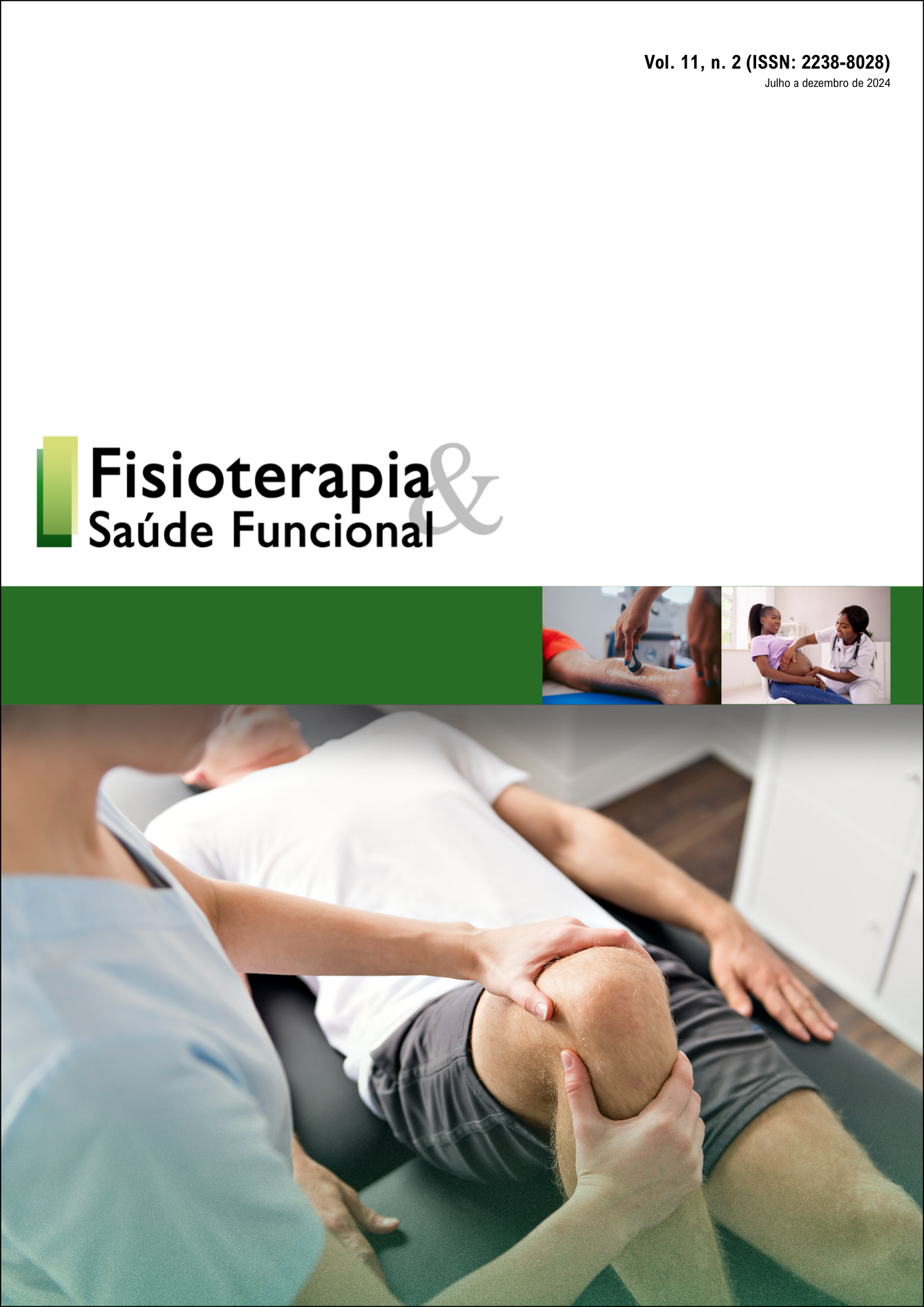Pelvic floor interventions during pregnancy: a systematic review and critical analysis of protocols
Resumo
Introduction: Interventions during pregnancy to prevent perineal trauma have been widely studied, but there is a need for a reflection on the protocols used. Objective: To analyze the intervention protocols on the pelvic floor muscles during pregnancy to prevent perineal trauma. Methods: We performed a literature systematic review in PubMed, Embase, and PEDro databases using the keywords: antenatal perineal massage, antenatal pelvic floor muscle training (or exercise), and instrument-assisted perineal stretching and expulsive training (Epi-no device). We applied the PICOS strategy to select intervention studies. Results: We included fourteen pelvic floor muscle training (PFMT), seventeen antenatal perineal massage (APM), and eight Epi-no device use protocols. The protocols greatly varied concerning frequency, duration time, and professional supervision. We observe a pattern regarding gestational age onset where PFMT starts after the first semester, APM at the end of the third trimester, and Epi-No at the end of the third trimester or from the 37th gestational week. Conclusions: This protocols synthesis encourages reflection about perineal preparation during pregnancy, which, together with the findings of the individualized assessment, can be used to guide conduct in this regard.
Downloads
Publicado
Edição
Seção
Licença
Copyright (c) 2024 Edna Gondim, Lia Rocha, Maria Silva, Simony Nascimento

Este trabalho está licenciado sob uma licença Creative Commons Attribution 4.0 International License.



